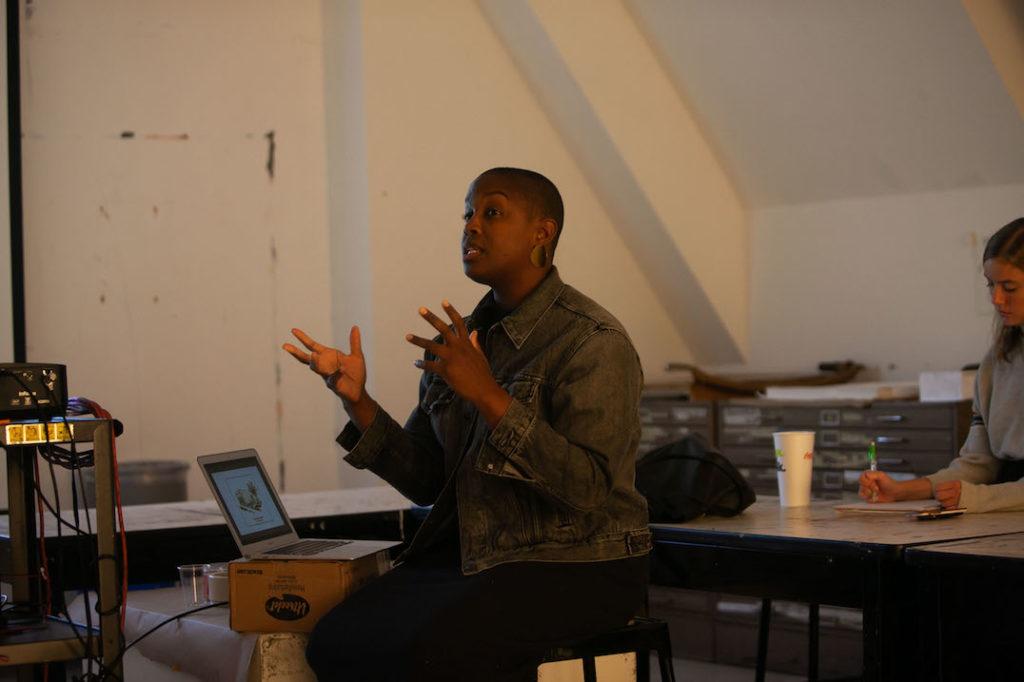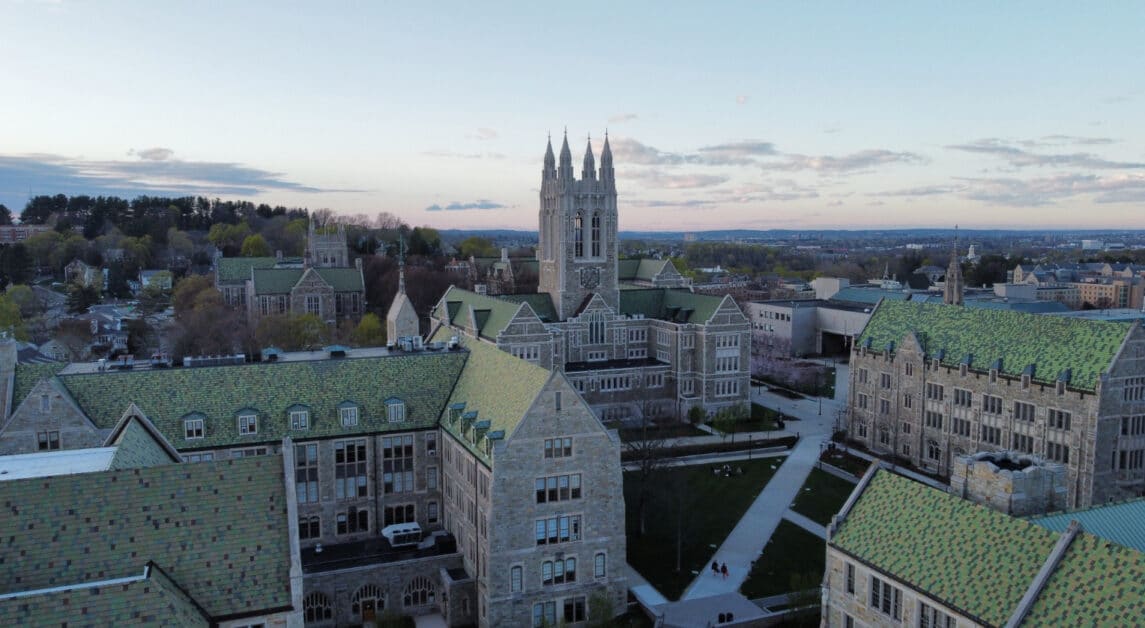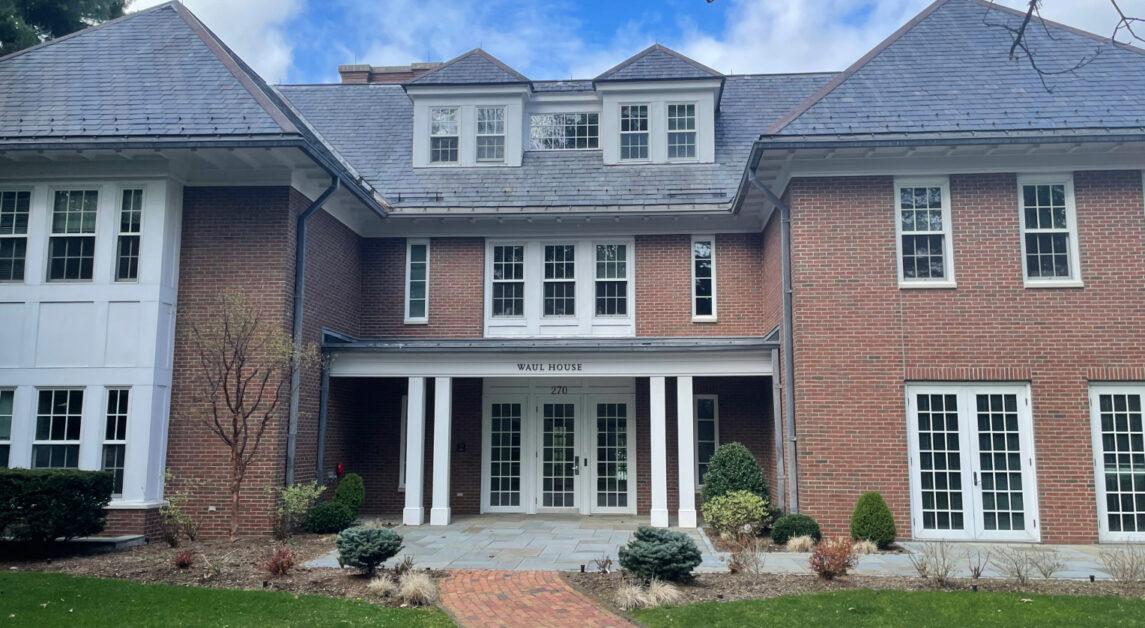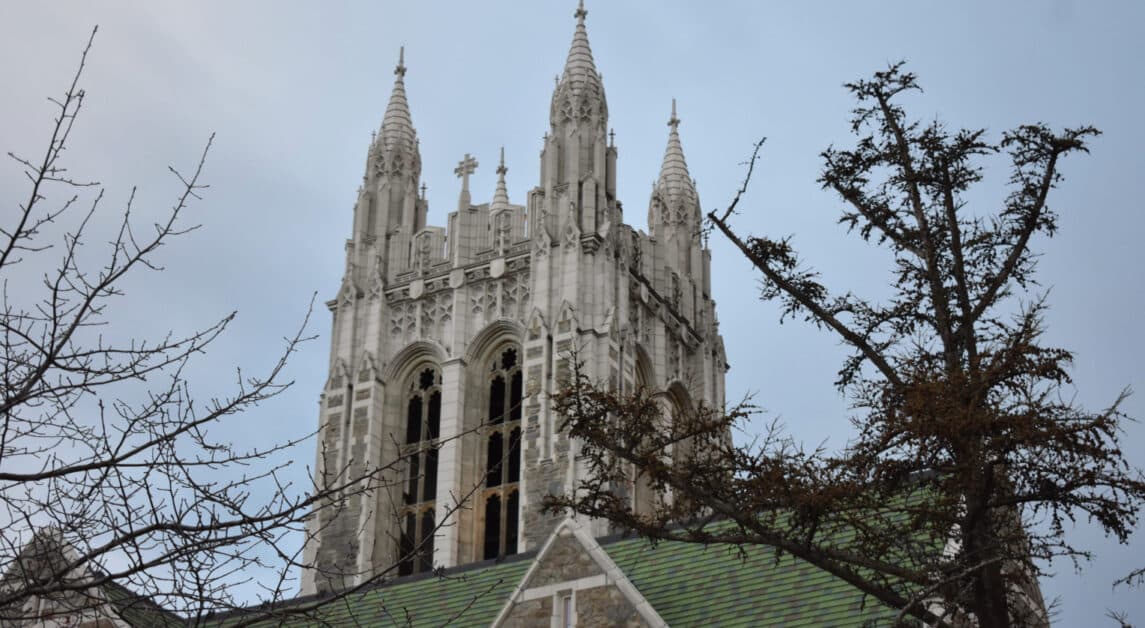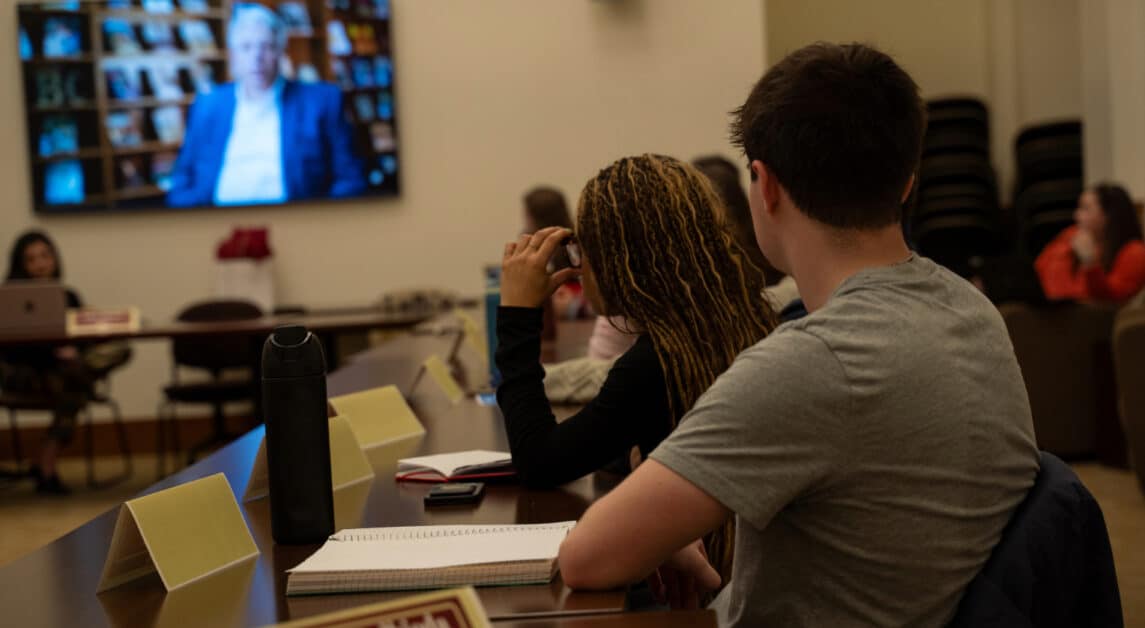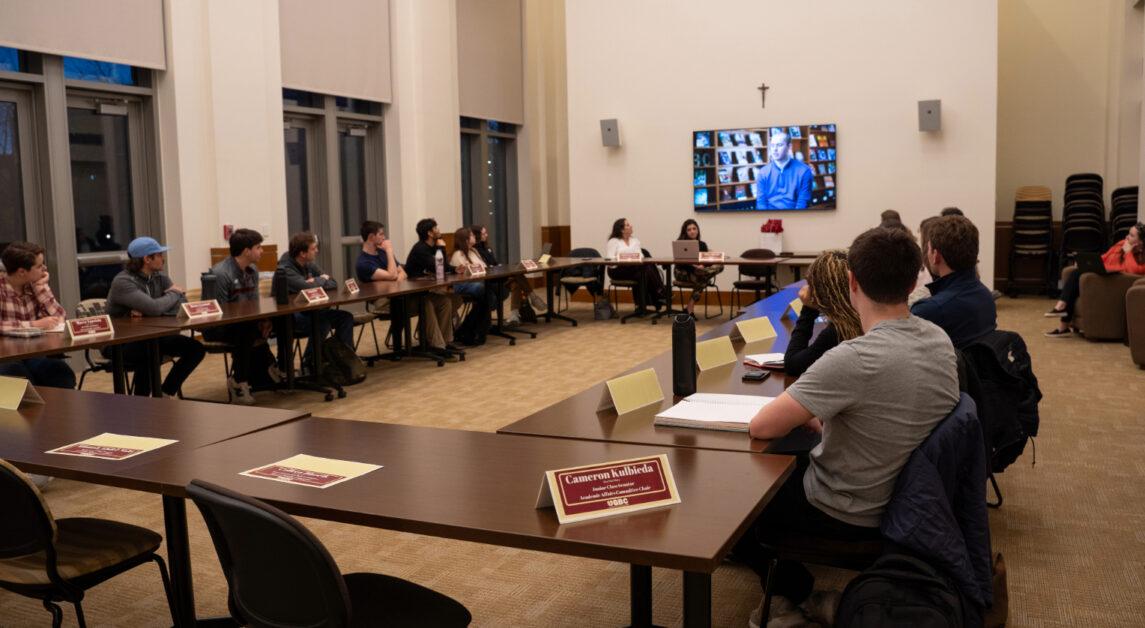Jackie Clay, executive director of the Coleman Center for the Arts, spoke about her artistic journey and the Coleman Center’s evolution on Wednesday as part of the “Currents Presents” series, which focuses on showing BC students interested in the arts different career paths and opportunities.
The Coleman Center is located in York, Ala., a rural town where income averages around $16,000 per year, and there is a commitment to community improvement through art and creativity. The center was founded in 1985 by Dorothy Alman Riddick, an artist from Mobile, Ala., who saw the potential for a community-based art center to enrich the York community.
“She was managing it as an economic engine that people would come to for expertise and that would better the community as a whole,” Clay said.
Rural Alabama’s rich history has shaped both the Coleman Center’s mission and Clay’s own commitments as executive director, Clay said.
She explained that, even though York is over 70 percent black, the white minority has historically dominated its economy. This deep-rooted racial division was exemplified in 1971, when York’s powerful white minority closed down the newly integrated town swimming pool by filling it with cement, choosing to get rid of the pool altogether rather than share it with the black community.
The Coleman Center utilized this history, Clay said, when it began working alongside artists to create site-specific art. One of the center’s first installations, done by Alan Peterson, revisited the impact of York’s filled-in swimming pool by using a block of the original concrete to create a structure resembling a diving board.
Art produced by the center works to address civic and social issues by allowing York citizens to collaborate with artists-in-residence on projects, Clay said.
The center’s multi-building set-up allows for it to host frequent exhibitions, and Clay has ensured these exhibitions focus on local Alabama artists during her time as director. Specifically, her interests lie in the phenomenon of “homecoming”—artists returning to Alabama after having gone elsewhere to practice their art.
The center’s exhibitions this season will include work from Tony Mina, an artist who works in Birmingham, and Ashley Hunt, a photographer who has worked on the Degrees of Visibility project, which captured photographs of federal and state prisons.
The center also funds public education programs, a community garden, a community space for art experimentation with free Wi-Fi called PopStart, and an artists-in-residence program, which Clay said was the center’s main focus.
As director, Clay is also responsible for priming artists to the community culture in York. York’s rural setting is attractive for some artists, but unfavorable for others, Clay said.
“Some artists will visit and be like, ‘I’m going to be standing in the gallery holding a chicken,’” Clay said. “And I’m like, ‘I think I get what you’re doing, but it’s going to be like a tree falling in the forest here.’ They need something to ground them and help them get a sense of what’s actually going on here.”
To mediate the disconnect between artists’ visions and the realities of what people in York are interested in, Clay invites artists to stay in York for three to 10 days before they decide on whether they want to pursue the residency.
Though she is now most involved in the institutional side of art, Clay said her interests didn’t originally lie in this field. After graduating from Auburn University, she went to graduate school for graphic design. She decided that the career path didn’t align with her interests, so she instead got involved with arts education.
After two years of teaching, Clay was set on getting a doctorate in art history to continue pursuing her interests in black visual culture. But a curator at the museum where she taught classes encouraged her to get a master’s first, saying that it would help Clay refine her interests without the long commitment of a doctoral program.
“She encouraged me to do a master’s first because she said it would help me refine my interests and a Ph.D. is a much longer commitment,” Clay said.
After earning two interdisciplinary degrees from the California College of the Arts, Clay said she gained a much better idea of what she wanted to do with her career, solidifying her desire to work in curatorial practice.
Clay then settled in San Francisco, where she worked multiple jobs, including two years at an experimental sound space called The Lab. Time in the workforce also brought more clarity to her artistic interests, which led Clay to pursue more work with film.
She produced a series of exhibitions examining the role of black and queer people in film from pre-1980s. She also premiered a film called Uniontown about environmental racism in Alabama at the Coleman Center, which was especially resonant with the audience in York because of the town’s location next to the nation’s largest toxic waste dump.
Calling upon her own experience of readjusting her career aims, Clay said she hoped to encourage students to pursue diverse opportunities in order to refine their interests and to not be afraid if they don’t know their end goal right away.
“If I had gone directly to grad schools after college, I probably would not have chosen the degrees I did, and it would have been a disservice to me,” Clay said. “When you give yourself a little time, you get a better sense of what your direction is.”
Featured Image by Ikram Ali / Heights Editor

